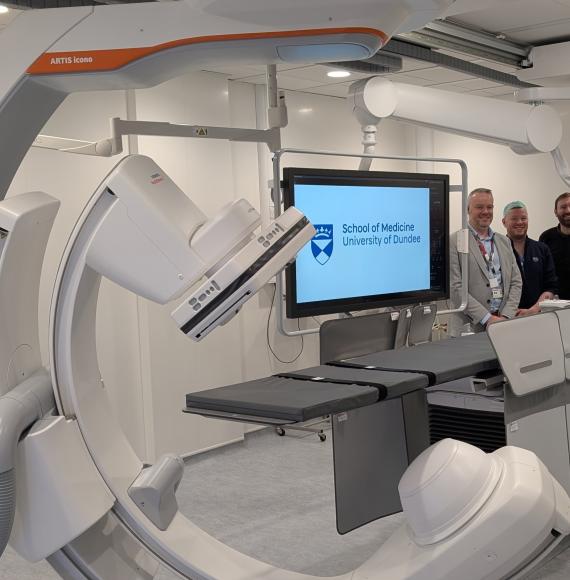The publication of the NHS Long Term Workforce Plan signals a landmark day for the health service as the government’s plan for the next 15 years for staff is finally revealed.
Record vacancies, unprecedented levels of industrial action, the pernicious effects of the pandemic, and intense demand are just some of the pressures that have led to somewhat of a crisis for NHS staff.
The long-awaited workforce plan is the government’s move to quell these issues and stave off the ticking recruitment and retention time bomb, just a few weeks before the health service’s historic 75th birthday.
The government has had their say, but what do health leaders think of the plan?
In an open letter to staff, NHS England’s chief executive, Amanda Pritchard, and Navina Evans, the organisation’s chief workforce officer, co-signed a statement that partly read: “In the coming weeks and months, we will work with you and your teams to co-design the delivery of system-level NHS Long Term Workforce Plan actions.”
They continued: “This is the first step in a new iterative approach to NHS workforce planning, as we regularly review the underpinning model to inform operational planning and publish further updates at least every two years.
“These updates will reflect the progress that has been made in delivering the actions and will take account of the changing needs of the people we serve, as well as changes to the way services and care may be offered in future.”
The King’s Fund’s chief executive, Richard Murray, welcomed the news that the plan will be updated every two years but sounded cautious in regards to the ambitious productivity projections.
“There needs to be realism about the investment in buildings, technology and equipment that is needed to realise those productivity gains,” said Murray.
The lack of detail on the measures to retain staff was also a cause for concern along with the structure of the funding.
The “disappointing” lack of detail was a view shared by many leaders across the sector, including the Health Foundation’s chief executive, Dr Jennifer Dixon, who said that, while the headline commitment of training more staff was a welcome leap in the right direction, without more context it was “impossible to comment on the substance of the plan”.
The “optimistic” assumptions around productivity was also a view shared by Dr Dixon who stressed it will be a “pipedream without significant investment in the buildings, equipment, IT and digital infrastructure,” echoing the thoughts of Richard Murray.
Increased use of technology should not be used as a substitute for adequate staffing levels though, warns the NHS Confederation’s chief executive, Matthew Taylor.
A digital data and technology workforce plan would therefore be welcome, says Taylor.
The lack of details remained a theme from reaction to from NHS Providers’ chief executive, Sir Julian Hartley.
He said: “The plan's ambitions are promising but the details will be crucial. We need to see how it will be funded and implemented, and there must be regular reviews and updates. The commitment to refresh it every two years is a good start.
“To be successful, the plan must also put emphasis on positive cultures and quality improvement in trusts.”
Image credit: iStock



















